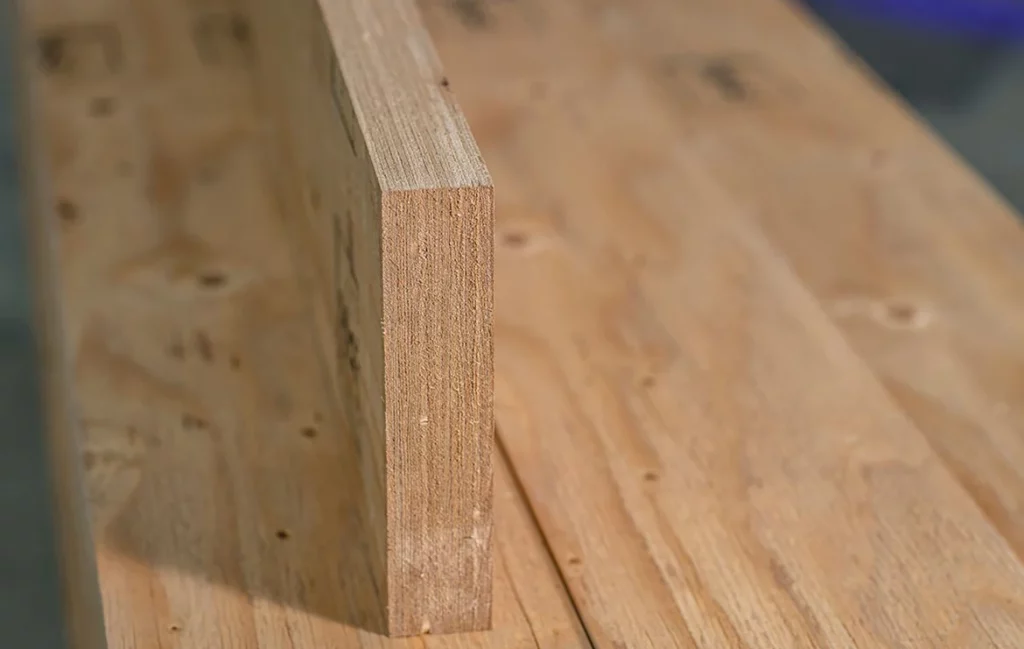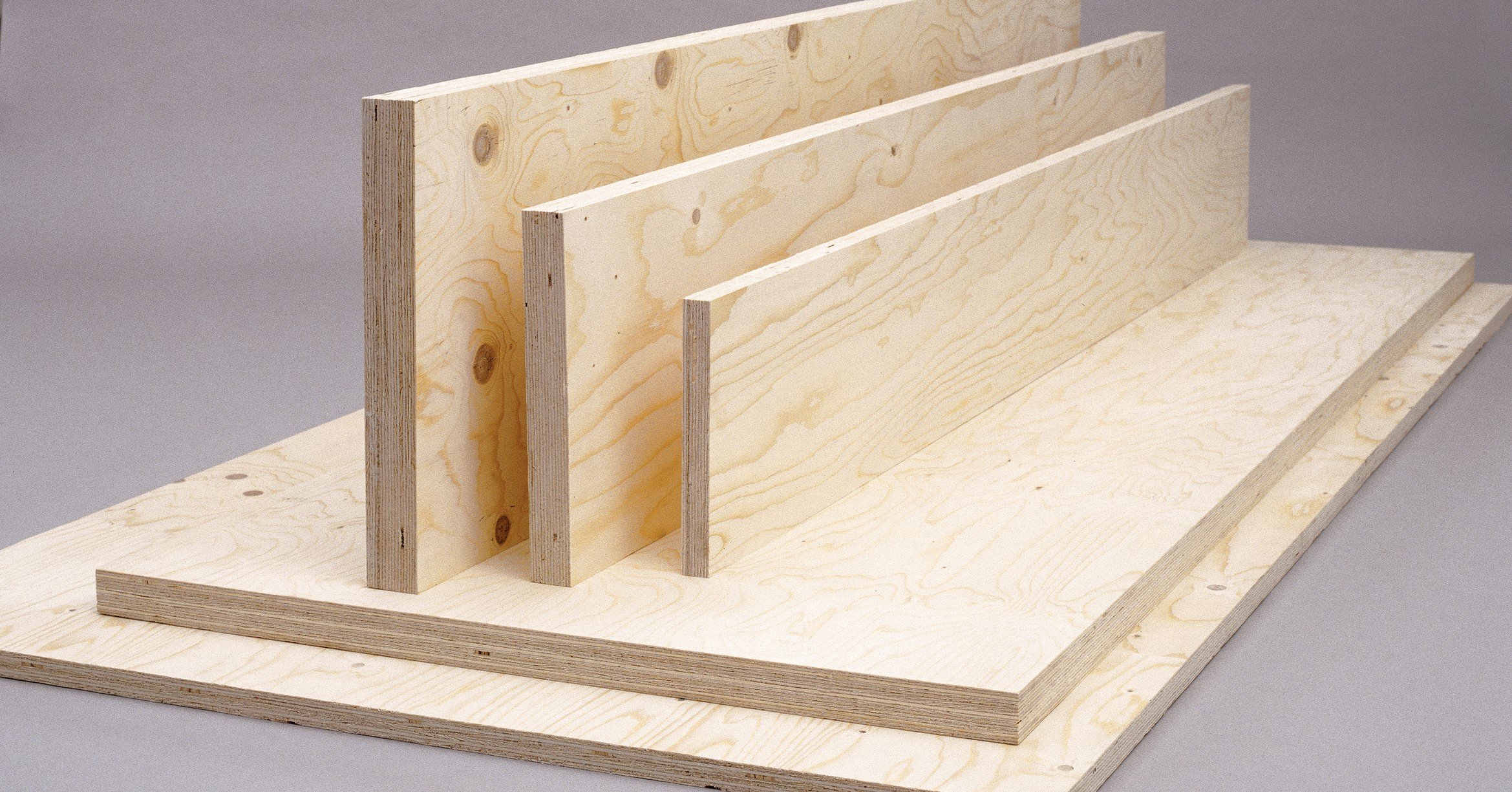Where to Buy Quality LVL Timber for Construction Projects
In the world of construction, LVL timber stands out as a versatile and reliable material. But where can you find quality LVL timber to ensure the success of your construction projects? Understanding the uses and benefits of LVL timber is crucial before making any purchases. Let’s dive into the world of LVL timber and explore the best places to buy them.
Understanding LVL Timber and Its Uses in Construction
Before discussing where to buy LVL timber, it’s essential to understand what it is and its uses in construction. LVL, or Laminated Veneer Lumber, is a strong and durable engineered wood product. It is made by bonding multiple thin layers of wood veneers together with adhesives under high heat and pressure.
In conclusion, LVL timber is a sustainable building material that offers numerous benefits. From its use of fast-growing plantation trees to its minimal waste production and low VOC adhesives, LVL timber demonstrates a commitment to environmental responsibility. By choosing best seller to buy LVL timber for construction projects, builders can reduce the demand for solid timber from native forests, conserve resources, and create long-lasting structures. As the construction industry continues to prioritize sustainability, LVL timber stands as a reliable and eco-friendly choice for a greener future.
LVL timber is commonly used in construction due to its exceptional strength and stability. It is known for its uniformity, resistance to warping and shrinkage, and high load-carrying capacity. LVL timber is frequently used for beams, headers, joists, and other structural elements in buildings.
What is LVL Timber?
LVL timber is a manufactured wood product that consists of thin veneers of wood glued together to form a strong and stable material. These veneers are typically made from fast-growing species, such as pine or fir, that are readily available and sustainable. The veneers are laid in parallel and then bonded together with adhesives using a heat and pressure process.
The resulting LVL timber is exceptionally strong, providing superior load-carrying capabilities compared to traditional solid timber. This makes it an ideal choice for structural applications in construction projects.

Benefits of Using LVL Timber in Construction
The use of LVL timber offers several significant benefits in construction. One of the main advantages is its strength-to-weight ratio. LVL timber is lighter than solid timber while providing higher strength, making it easier to handle and install.
Another benefit of LVL timber is its dimensional stability. Unlike solid timber, LVL timber is less prone to warping, twisting, or shrinking, ensuring long-term structural integrity. Additionally, LVL timber is available in various lengths and thicknesses, allowing for more versatile design options.
Furthermore, LVL timber is environmentally friendly. It is made from sustainable and renewable wood sources, reducing the ecological impact of construction projects. The manufacturing process also minimizes waste, making LVL timber a sustainable choice for environmentally conscious builders.
When it comes to fire resistance, LVL timber also performs exceptionally well. Due to its manufacturing process, LVL timber has a lower flammability compared to solid timber. This makes it a safer choice for construction projects, providing an added layer of protection in case of fire.
Moreover, LVL timber offers excellent durability. It is resistant to rot, decay, and insect infestation, making it suitable for both interior and exterior applications. This longevity ensures that structures built with LVL timber will stand the test of time, requiring minimal maintenance and replacement.
Factors to Consider When Buying LVL Timber
When purchasing LVL timber for your construction projects, there are several factors to consider to ensure you get the best quality product:
Before making a decision, it’s essential to understand the manufacturing process of LVL (Laminated Veneer Lumber) timber. LVL is created by bonding multiple layers of thin wood veneers together with adhesives. This process enhances the strength and stability of the timber, making it a popular choice for structural applications in construction.
Quality Indicators for LVL Timber
Look for LVL timber that meets industry standards and certifications. This ensures that the product has undergone rigorous testing to ensure its quality and performance. Manufacturers that adhere to recognized standards provide added confidence in the reliability of their LVL timber.
Additionally, consider the source of the timber used in the production of LVL. Sustainable forestry practices ensure the long-term viability of forests and contribute to environmental conservation. Opting for LVL timber from responsibly managed forests can align with your commitment to sustainability.
Price Considerations for LVL Timber
While price is an important consideration, it should not be the sole determining factor when purchasing LVL timber. It’s crucial to balance cost with the quality and intended use of the LVL timber. Cheaper options may not provide the same level of strength and durability, resulting in potential issues down the line.
Consider the long-term benefits of investing in higher quality LVL timber, as it can lead to cost savings and enhanced performance in your construction projects.
Best Places to Buy LVL Timber
Now that you understand the importance of LVL timber and the factors to consider when purchasing, let’s explore the best places to buy LVL timber.
When it comes to purchasing LVL timber, it’s crucial to consider all available options to ensure you’re getting the best quality product for your construction projects. In addition to online marketplaces and local suppliers, there are other avenues worth exploring to find the perfect LVL timber for your needs.
Buying LVL Timber Online
Online marketplaces and websites offer a convenient way to browse and purchase LVL timber. Many reputable suppliers have websites where you can find detailed information about their products, such as specifications, certifications, and pricing. Find more about specifications on https://www.mit.edu/course/21/21.guide/specs.htm
One of the advantages of buying LVL timber online is the wide range of options available at your fingertips. You can easily compare different suppliers, products, and prices without leaving the comfort of your home or office. Additionally, online suppliers often provide delivery services, making it a hassle-free option for busy construction professionals.
Purchasing LVL Timber from Local Suppliers
If you prefer a more personal approach, purchasing LVL timber from local suppliers can be a viable option. Local suppliers often have a physical store or showroom where you can see the LVL timber in person before making a purchase.
By visiting a local supplier, you have the opportunity to inspect the LVL timber up close, allowing you to check for quality, color variations, and any imperfections that may affect your project. Furthermore, building a relationship with a local supplier can lead to personalized service, tailored recommendations, and potential discounts for future purchases.
Tips for Transporting and Storing LVL Timber
Once you have acquired your LVL timber, proper transportation and storage are crucial to maintaining its quality:
Safe Transportation of LVL Timber
When transporting LVL timber, ensure it is adequately secured to prevent damage or shifting during transit. Protect the edges and corners from impact and avoid placing heavy objects on top of the timber.
Consider using appropriate transport vehicles, such as flatbed trucks or trailers, to ensure the LVL timber remains stable and secure during transport. Additionally, follow any local regulations or guidelines for transporting construction materials.
Moreover, it is essential to inspect the transport vehicle for any protruding nails or sharp objects that could potentially damage the LVL timber during transit. Secure the timber using straps or braces to minimize movement and vibration while on the road. By taking these extra precautions, you can ensure that your LVL timber reaches its destination in optimal condition.
Proper Storage of LVL Timber to Maintain Quality
Store LVL timber in a clean and dry environment, preferably indoors, to avoid moisture-related damage. It’s crucial to keep the timber away from direct contact with the ground and protected from excessive sunlight or heat.
When storing LVL timber, stack it in a way that allows for adequate airflow and prevents warping or bowing. Use spacers between the layers to maintain even weight distribution and prevent compression. Regularly inspect the stored timber for signs of damage or decay. To know more about decay click here.
In addition, consider covering the stacked LVL timber with a tarp or plastic sheet to provide an extra layer of protection against dust and moisture. Ensure that the storage area is well-ventilated to prevent the accumulation of humidity, which can lead to mold growth or degradation of the timber. By implementing these storage practices, you can prolong the lifespan of your LVL timber and maintain its structural integrity for future use.

Sustainability and Environmental Impact of LVL Timber
How Sustainable is LVL Timber?
LVL timber is considered a sustainable building material due to several reasons. Firstly, it is manufactured from fast-growing plantation trees, which can be harvested and replenished relatively quickly. This ensures a constant supply of raw material without depleting native forests.
The production process of LVL timber also minimizes waste, utilizing small-diameter trees and residual wood. This not only reduces the amount of material that would otherwise go to waste but also helps to maximize the use of available resources. By making use of these smaller trees, LVL timber helps to reduce the pressure on larger, older trees, which are important for biodiversity and carbon sequestration.
Additionally, the adhesives used in LVL timber manufacturing are engineered to be low in volatile organic compounds (VOCs), contributing to better indoor air quality. This is particularly important for buildings where people spend a significant amount of time, such as homes, schools, and offices. By choosing LVL timber, builders and homeowners can create healthier indoor environments while still maintaining structural integrity.
The Environmental Impact of Using LVL Timber in Construction
Using LVL timber in construction projects has several positive environmental impacts. Firstly, it reduces the demand for solid timber from native forests, protecting valuable ecosystems. By opting for LVL timber, builders can help preserve natural habitats and the biodiversity they support.
LVL timber also requires less energy and water during the manufacturing process compared to other construction materials, further reducing its ecological footprint. This is particularly significant when considering the long-term sustainability of a building project. By choosing LVL timber, builders can contribute to a more sustainable construction industry, one that is mindful of resource consumption and environmental impact.
Furthermore, the long lifespan and durability of LVL timber contribute to its sustainability. When properly maintained, LVL timber can last for decades, reducing the need for frequent replacements and minimizing waste. This not only saves money but also reduces the overall environmental impact of the construction industry.
It is important to note that sustainability is a multifaceted concept that encompasses various aspects, including social, economic, and environmental factors. When considering the sustainability of LVL timber, it is essential to evaluate its entire life cycle, from raw material sourcing to disposal. By doing so, builders and homeowners can make informed decisions that align with their values and contribute to a more sustainable future.
Other resources: Expert Guide to LVL Timber Formwork Prices

